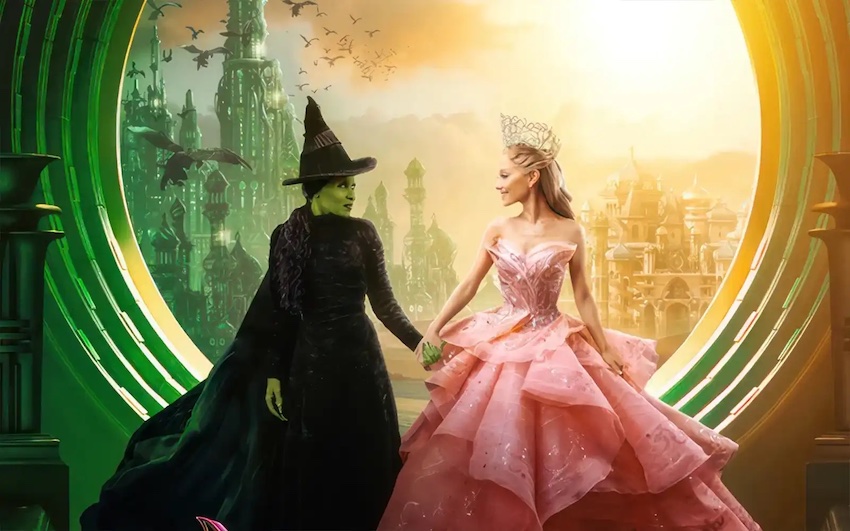“Riddikulus with Elise & Sydney” is a column about the Harry Potter series. A new column is posted every other Wednesday. Columns may contain spoilers.
When the conflict is resolved and everything is as it should be, the “bad guys” have to go somewhere. Some of them surrender, some of them fight to the death and a rare few are redeemed.
Aside from Voldemort, Draco Malfoy is possibly the most hated character in the series. From the first book, he makes it his goal to ensure that Harry and his friends are as miserable as possible.
Whether by getting them in trouble or making snide remarks about their various insecurities, Malfoy is always there to make a bad situation worse.
His malice reaches its peak in the sixth book, when he actually joins Voldemort and is ordered to murder the headmaster of Hogwarts, Albus Dumbledore. He tries several methods, including sending a cursed necklace, poisoning a bottle of wine and allowing Voldemort’s other followers into Hogwarts.
Because of his constant efforts to ruin the protagonist’s life, most readers were actually pleased when he almost dies toward the end of book seven. However, rather than doing away with this much-hated character, J. K. Rowling takes the opportunity to redeem him.
After Harry and his friends save Draco, he ceases fighting and admits that he had never wanted to do actual harm, but had been acting out of fear for himself and his mother, Narcissa. As shown by the fact that they constantly look after each other in the seventh book, they are the only people whom they actually love and trust.
In addition to having Draco constantly on his case, Harry’s least favorite professor, Severus Snape, also constantly waits in the shadows to catch him every time he slips up. However, unlike Draco, Snape has the authority to do real damage.
Because of Professor Snape, Harry and his friends lose countless amounts of points for House Gryffindor and spend many nights in detention. Bear in mind that Hogwarts detention is nothing like our detention: It is much longer and involves completing tedious tasks that teachers do not want to do themselves.
By the final book, readers are absolutely convinced that Snape is serving Voldemort, and with good reason. He sides against Harry every time the opportunity presents itself, and he even kills Dumbledore. Of all the villains (aside from the antagonist), Snape appears to be the least redeemable.
However, in the last few chapters, it is revealed that Snape actually acts as a “triple agent.” He had led Voldemort to believe that he was his double agent, when actually he had been serving Dumbledore all along. Not only that, he had actually been risking his life to protect Harry, and ultimately dies in the process.
In addition to changing the reader’s idea of Snape, Rowling also redeems him in Harry’s eyes. After Snape permits Harry to see his memories as proof of his innocence and motives, Harry’s view of him changes completely. Snape is no longer a betrayer, but a misunderstood hero.
In most stories with well-developed characters, the villains never think of themselves as bad people. Characters always have motives and reasons for their actions and beliefs. In Harry Potter, J. K. Rowling uses motives to redeem misunderstood characters and add more depth to the characterization in her series.
For the previous installment, read the Dec. 1 column, Riddikulus with Elise & Sydney: The Christ figure.






